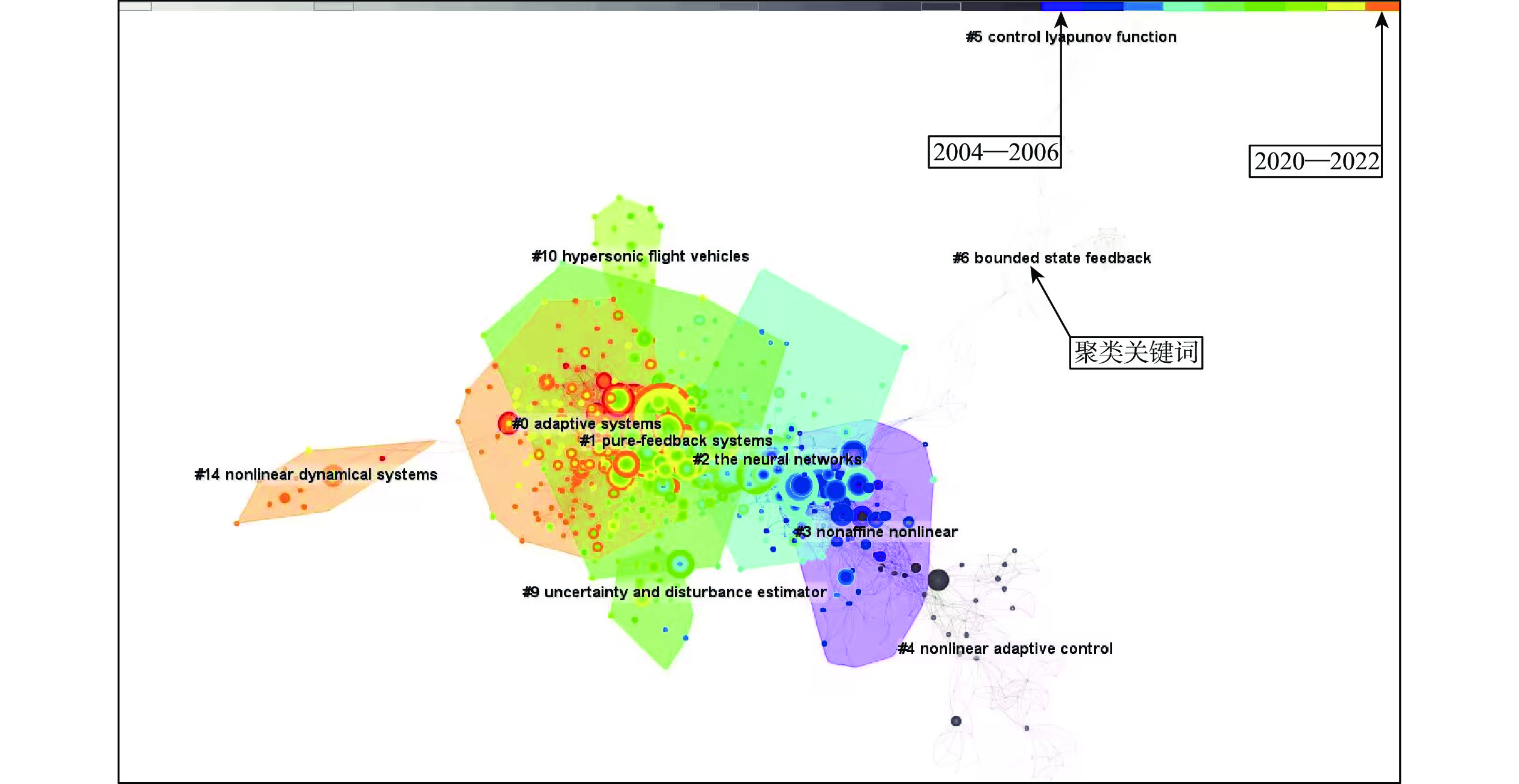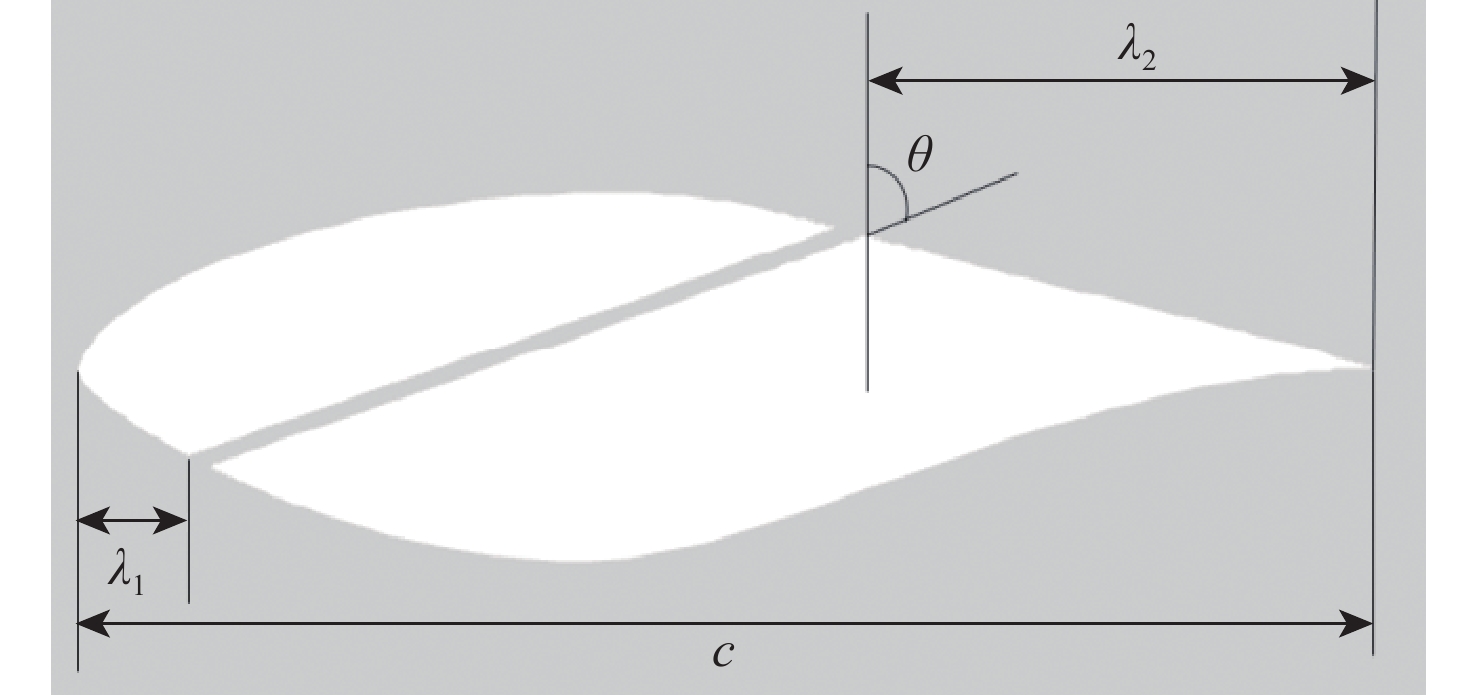Whirl flutter has become one of the essential aeroelastic problems faced by distributed electric propeller aircraft due to multiple propeller motors. Based on the motion and force relationship of the wing/nacelle/propeller coupling system, the downwash and sidewash effects of the wing on the propeller were considered, and the motion equation of the wing, nacelle, and propeller coupling system was derived. The gyroscopic moment of multiple sets of nacelle/propeller power and the unsteady propeller aerodynamic force were introduced into the wing structure dynamics model, and the flutter model of the distributed electric propeller aircraft was established. The influence of the critical dynamic layout parameters of the distributed electric propeller aircraft on the whirl flutter characteristics was studied through the variable parameter analysis of the spanwise position of the motor system and the number of motor systems. The flutter characteristics of two typical distributed electric propeller aircraft layouts were evaluated. The results show that when the motor system is located near 0.8 times the wingspan, the whirl flutter velocity is significantly improved, while other installation position parameters are insensitive. In the process of gradually increasing the motor quantity from the wing root to the wingtip, when the motor quantity is less than 5, the flutter speed of the wing is insensitive to the motor quantity parameter; when the motor quantity increases to 6, both the classical flutter velocity and the whirl flutter velocity of the wing are significantly improved. Under the premise that the overall design indicators such as total stiffness, total mass inertia, total slip flow effect, and total power are equivalent, the distributed scheme of the same motor system is better, which is beneficial to improving the classical flutter velocity and whirl flutter velocity.



